Home>Furniture & Design>Interior Design Trends>How To Identify Murano Glass
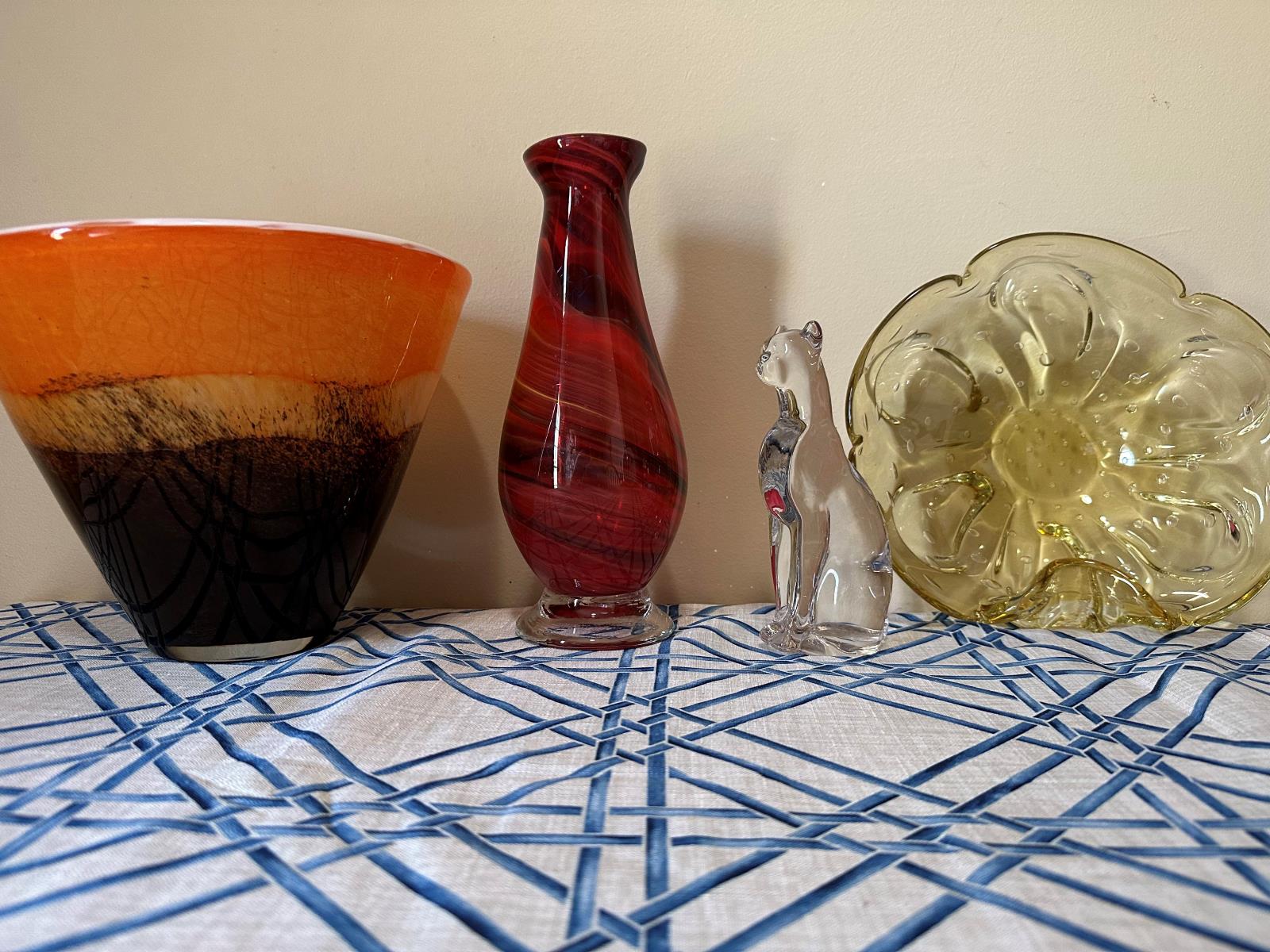

Interior Design Trends
How To Identify Murano Glass
Modified: February 6, 2024
Learn how to identify authentic Murano glass and stay updated on the latest interior design trends with our expert tips and advice. Discover the beauty and elegance of Murano glass in modern interior design.
(Many of the links in this article redirect to a specific reviewed product. Your purchase of these products through affiliate links helps to generate commission for Storables.com, at no extra cost. Learn more)
Introduction
Murano glass is a timeless art form that has captivated art enthusiasts and collectors for centuries. Renowned for its exquisite beauty and masterful craftsmanship, Murano glass holds a special place in the world of interior design and decor. Originating from the small island of Murano near Venice, Italy, this glassmaking tradition has been passed down through generations, with each piece reflecting the skill and artistry of its creators.
The allure of Murano glass lies in its unparalleled elegance and the intricate techniques used to produce each piece. From delicate vases to ornate chandeliers, Murano glass embodies a rich history of creativity and innovation. Its vibrant colors, mesmerizing patterns, and luxurious finishes make it a coveted addition to any interior space.
As the demand for Murano glass continues to grow, so does the need for understanding how to identify authentic pieces. With the market flooded with imitations, it's essential for enthusiasts to be well-informed about the distinguishing features of genuine Murano glass. By delving into the characteristics and techniques unique to this art form, individuals can gain a deeper appreciation for the craftsmanship behind each exquisite creation.
In this comprehensive guide, we will explore the defining traits of Murano glass, unravel the secrets of identifying authentic pieces, and debunk common misconceptions surrounding this revered art form. Whether you're a seasoned collector or a newcomer to the world of Murano glass, this article aims to equip you with the knowledge and insights needed to discern the true beauty of these timeless treasures.
Key Takeaways:
- Authentic Murano glass is known for its intricate designs, vibrant colors, and unique techniques, reflecting the rich history and cultural significance of this timeless art form.
- To identify genuine Murano glass, look for maker’s marks, quality craftsmanship, and vibrant colors. Understanding these key features helps preserve the integrity of this revered art form.
Read more: What Is Murano Glass
What is Murano Glass?
Murano glass, originating from the small island of Murano near Venice, Italy, is a renowned art form that has been cherished for centuries. What sets Murano glass apart is its exceptional craftsmanship and the rich tradition behind its creation. The history of Murano glass dates back to the 13th century when the glassmakers of Venice were ordered to move their foundries to the island of Murano due to the fire hazard posed by their activities in the city. This relocation not only safeguarded Venice but also laid the foundation for the birth of Murano glass as a distinct and revered art form.
One of the most fascinating aspects of Murano glass is the intricate techniques employed in its production. Skilled artisans utilize a combination of age-old methods and innovative approaches to craft each piece, resulting in a diverse range of exquisite creations. From delicate figurines and intricate chandeliers to vibrant vases and elaborate glassware, Murano glass encompasses a wide array of forms, each showcasing the mastery and artistry of its creators.
The allure of Murano glass lies not only in its aesthetic appeal but also in the cultural significance it holds. Each piece of Murano glass is a testament to the heritage and legacy of the craft, reflecting the artistic ingenuity and dedication of the artisans who bring these creations to life. The art of Murano glassmaking has been passed down through generations, with each artisan contributing to the evolution and preservation of this timeless tradition.
Furthermore, Murano glass is celebrated for its vibrant colors, intricate patterns, and luxurious finishes. The use of techniques such as millefiori, filigree, and lattimo imparts a distinctive charm to Murano glass, making it a coveted addition to interior spaces around the world. Whether displayed as a standalone art piece or incorporated into functional items, Murano glass exudes an unparalleled elegance that transcends time and trends.
In essence, Murano glass represents a harmonious blend of artistry, heritage, and innovation. Its enduring appeal and timeless beauty continue to captivate enthusiasts and collectors, cementing its status as a treasured art form that embodies the essence of creativity and craftsmanship.
Characteristics of Murano Glass
Murano glass is distinguished by several key characteristics that set it apart as a revered art form. These defining traits encompass a combination of aesthetic, technical, and historical elements, each contributing to the allure and uniqueness of Murano glass.
-
Intricate Designs: Murano glass is renowned for its intricate and elaborate designs, showcasing a level of detail and precision that reflects the skill and artistry of the glassmakers. From delicate floral motifs to mesmerizing geometric patterns, each piece of Murano glass is a testament to the mastery and creativity of its creators.
-
Vibrant Colors: One of the most striking features of Murano glass is its vibrant and rich color palette. Artisans employ a range of techniques to achieve vivid hues, including the use of metallic oxides and minerals to create intense and luminous colors. The depth and brilliance of these colors contribute to the visual impact of Murano glass, making it a captivating addition to any space.
-
Unique Techniques: Murano glass is crafted using a diverse array of techniques that have been perfected over centuries. From the intricate millefiori method, which involves creating intricate patterns using multicolored glass rods, to the delicate filigree technique that produces ornate designs within the glass, each method adds a layer of complexity and artistry to Murano glass.
-
Luxurious Finishes: The finishing touches applied to Murano glass pieces elevate them to a level of luxury and sophistication. Whether it's the delicate gilding of gold leaf, the iridescence of lattimo glass, or the intricate enamel work, these finishing touches enhance the beauty and opulence of Murano glass, making it a coveted art form.
-
Historical Significance: Murano glass carries with it a rich historical significance, deeply rooted in the traditions and heritage of the Venetian glassmaking industry. The legacy of Murano glassmaking is intertwined with the cultural identity of the region, and each piece embodies the centuries-old craft that has been passed down through generations.
-
Versatility: Murano glass exhibits remarkable versatility, with pieces ranging from delicate figurines and ornate chandeliers to functional items such as glassware and vases. This versatility allows Murano glass to seamlessly integrate into various interior design styles, adding a touch of elegance and sophistication to any space.
In essence, the characteristics of Murano glass encapsulate a harmonious blend of artistry, history, and technical expertise. Each element contributes to the enduring appeal and timeless beauty of Murano glass, making it a cherished art form that continues to captivate enthusiasts and collectors worldwide.
How to Identify Authentic Murano Glass
Identifying authentic Murano glass requires a discerning eye and a comprehensive understanding of the distinctive features that set genuine pieces apart from imitations. Given the proliferation of counterfeit products in the market, it is essential to be well-informed about the key indicators of authenticity when evaluating Murano glass.
-
Maker's Mark or Signature: Authentic Murano glass often bears a maker's mark or signature from the renowned glassmaking houses on the island. These marks may include the name of the master artisan or the company, serving as a testament to the origin and authenticity of the piece. Careful examination of the signature can provide valuable insights into the provenance of the glass, offering assurance of its authenticity.
-
Quality of Craftsmanship: Genuine Murano glass exhibits exceptional craftsmanship, characterized by precision, attention to detail, and a flawless finish. When examining a piece, look for intricate designs executed with finesse, seamless joints in glasswork, and a high level of clarity and transparency. The absence of imperfections such as air bubbles or irregularities further underscores the superior quality of authentic Murano glass.
-
Distinctive Techniques: The use of traditional glassmaking techniques unique to Murano is a hallmark of authenticity. These techniques, including millefiori, lattimo, and filigree, result in distinct visual effects and patterns that are synonymous with Murano glass. Familiarizing oneself with these techniques and recognizing their manifestations in a piece can aid in identifying genuine Murano glass.
-
Vibrant Colors and Patterns: Authentic Murano glass is renowned for its vibrant and rich color palette, often achieved through the skillful manipulation of colored glass. Look for intense, luminous hues and intricate patterns that showcase the artistry and technical prowess of the glassmakers. The depth and complexity of colors, coupled with elaborate designs, are indicative of genuine Murano glass.
-
Documentation and Certificates: When purchasing Murano glass, accompanying documentation or certificates of authenticity from reputable sources can provide assurance of the piece's genuineness. These documents may offer insights into the history of the piece, the techniques employed, and the credentials of the glassmaking house, serving as valuable validation of authenticity.
By familiarizing oneself with these key aspects and investing time in studying the intricacies of Murano glass, enthusiasts can develop a discerning eye for identifying authentic pieces. This knowledge not only enhances the appreciation of Murano glass but also safeguards against the proliferation of counterfeit products, ensuring that the legacy of this revered art form is upheld with the reverence it deserves.
Common Misconceptions about Murano Glass
Despite its esteemed reputation, Murano glass is often shrouded in misconceptions that can obscure the true essence of this revered art form. By dispelling these myths and misconceptions, enthusiasts can gain a deeper understanding of Murano glass and appreciate its timeless allure with clarity.
Read more: How To Tell Murano Glass
1. All Colored Glass is Murano Glass
One prevalent misconception is the belief that any colored glass is synonymous with Murano glass. While Murano glass is celebrated for its vibrant hues, not all colored glass originates from the renowned glassmaking island. Authentic Murano glass is distinguished by its exceptional craftsmanship, intricate techniques, and historical significance, setting it apart from generic colored glass imitations.
2. Murano Glass is Mass-Produced
Another misconception revolves around the notion that Murano glass is mass-produced, devoid of the meticulous artistry and individuality attributed to handmade creations. In reality, Murano glass is meticulously crafted by skilled artisans, with each piece bearing the hallmark of meticulous craftsmanship and unique artistic expression. The tradition of Murano glassmaking emphasizes the artisanal approach, ensuring that each piece is imbued with the spirit of creativity and expertise.
3. Murano Glass is Fragile and Impractical
Contrary to popular belief, Murano glass is not merely delicate and impractical. While it exudes an ethereal beauty, Murano glass is also crafted into functional items such as glassware, lighting fixtures, and decorative accessories. The versatility of Murano glass extends beyond ornamental pieces, with its durability and functionality making it a valuable addition to interior spaces.
4. Murano Glass is Out of Reach for Everyday Enthusiasts
There is a misconception that Murano glass is exclusively reserved for affluent collectors and connoisseurs, making it inaccessible to everyday enthusiasts. In reality, Murano glass encompasses a diverse range of pieces, catering to varying budgets and preferences. From small decorative items to larger statement pieces, Murano glass offers a spectrum of options, ensuring that its timeless beauty can be embraced by individuals from all walks of life.
Read more: Where Is Murano Glass Made
5. All Glass Labeled as Murano is Authentic
A common misconception is the assumption that any glass labeled as "Murano" is inherently authentic. However, the label alone does not guarantee the genuineness of the piece. Due diligence is essential in discerning authentic Murano glass, considering factors such as craftsmanship, provenance, and supporting documentation to ascertain the legitimacy of a piece.
By addressing these misconceptions, a clearer and more nuanced understanding of Murano glass emerges, allowing enthusiasts to appreciate its artistry, heritage, and enduring appeal with informed discernment. Embracing the authenticity and timeless beauty of Murano glass enriches the experience of collecting and admiring these exquisite creations, ensuring that its legacy continues to shine brightly in the world of art and design.
Conclusion
In conclusion, the allure of Murano glass transcends mere aesthetics, encompassing a rich tapestry of history, artistry, and cultural significance. Its enduring appeal lies not only in the exquisite beauty of each piece but also in the legacy of craftsmanship and innovation that has defined the art of Murano glassmaking for centuries.
As enthusiasts and collectors delve into the world of Murano glass, it becomes evident that the art form embodies a harmonious blend of tradition and creativity. The intricate designs, vibrant colors, and luxurious finishes are a testament to the unparalleled skill and dedication of the artisans who breathe life into each creation. From delicate figurines to grand chandeliers, Murano glass exudes a timeless elegance that transcends trends and captivates the imagination.
The process of identifying authentic Murano glass unveils a deeper appreciation for the art form, requiring a discerning eye and a nuanced understanding of the distinctive features that distinguish genuine pieces from imitations. By recognizing the maker's marks, discerning the quality of craftsmanship, and understanding the unique techniques employed, enthusiasts can safeguard the integrity of Murano glass and honor its legacy with reverence.
Moreover, dispelling common misconceptions surrounding Murano glass is essential in fostering a more informed and authentic appreciation for this revered art form. By addressing misconceptions about its production, accessibility, and authenticity, enthusiasts can embrace the true essence of Murano glass, celebrating its artistry and heritage with clarity and discernment.
As the legacy of Murano glass endures, it continues to inspire and enchant, leaving an indelible mark on the world of interior design and decor. Whether displayed as a centerpiece in a grand hall or as a cherished ornament in a private collection, Murano glass remains a symbol of timeless beauty and artistic ingenuity.
In essence, the journey of exploring Murano glass is a testament to the enduring legacy of a craft that has transcended centuries, captivating hearts and minds with its unparalleled beauty and cultural significance. As enthusiasts and admirers continue to cherish and preserve the art of Murano glass, its timeless allure will continue to shine brightly, illuminating the world with its exquisite craftsmanship and enduring elegance.
Frequently Asked Questions about How To Identify Murano Glass
Was this page helpful?
At Storables.com, we guarantee accurate and reliable information. Our content, validated by Expert Board Contributors, is crafted following stringent Editorial Policies. We're committed to providing you with well-researched, expert-backed insights for all your informational needs.
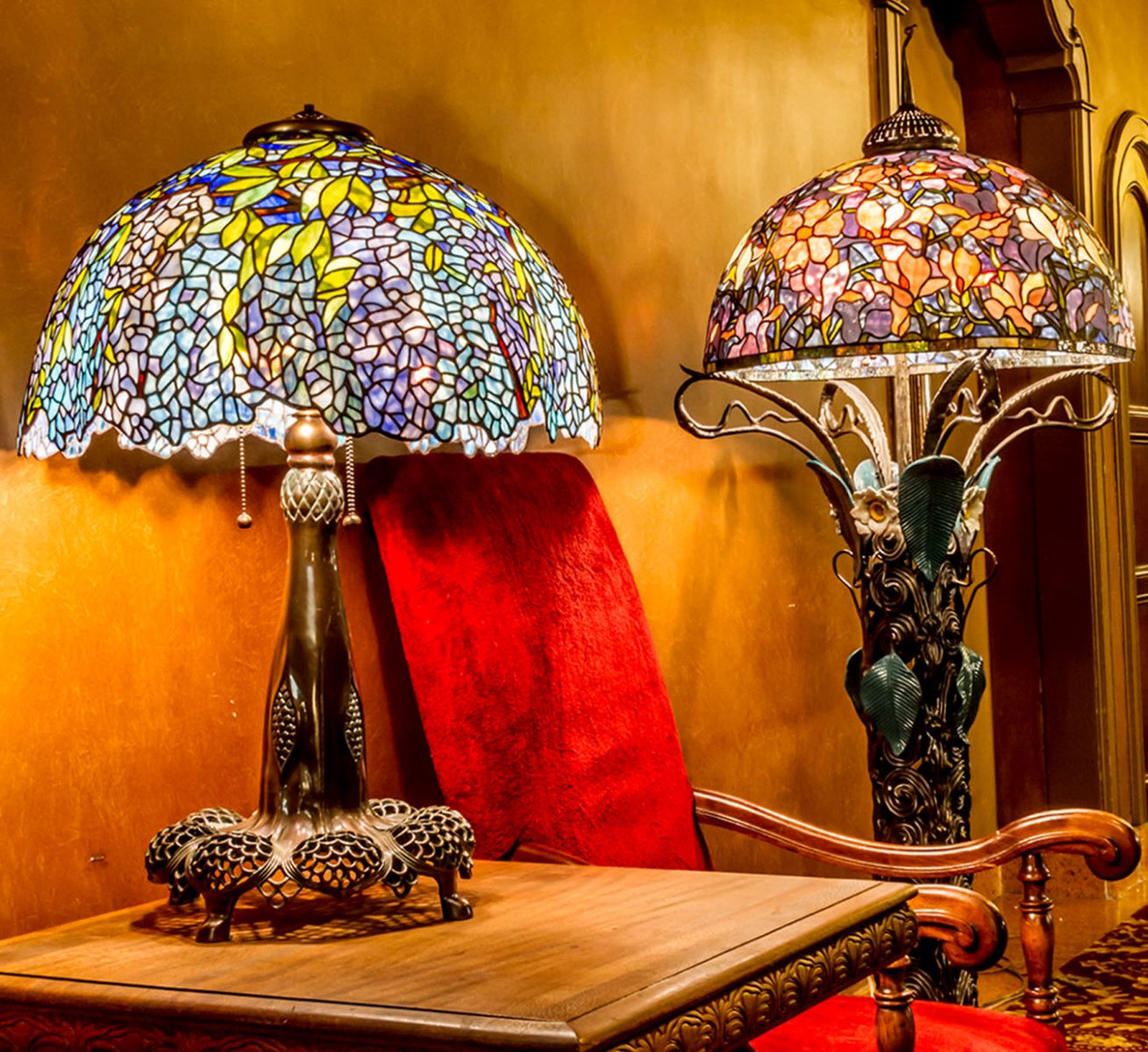
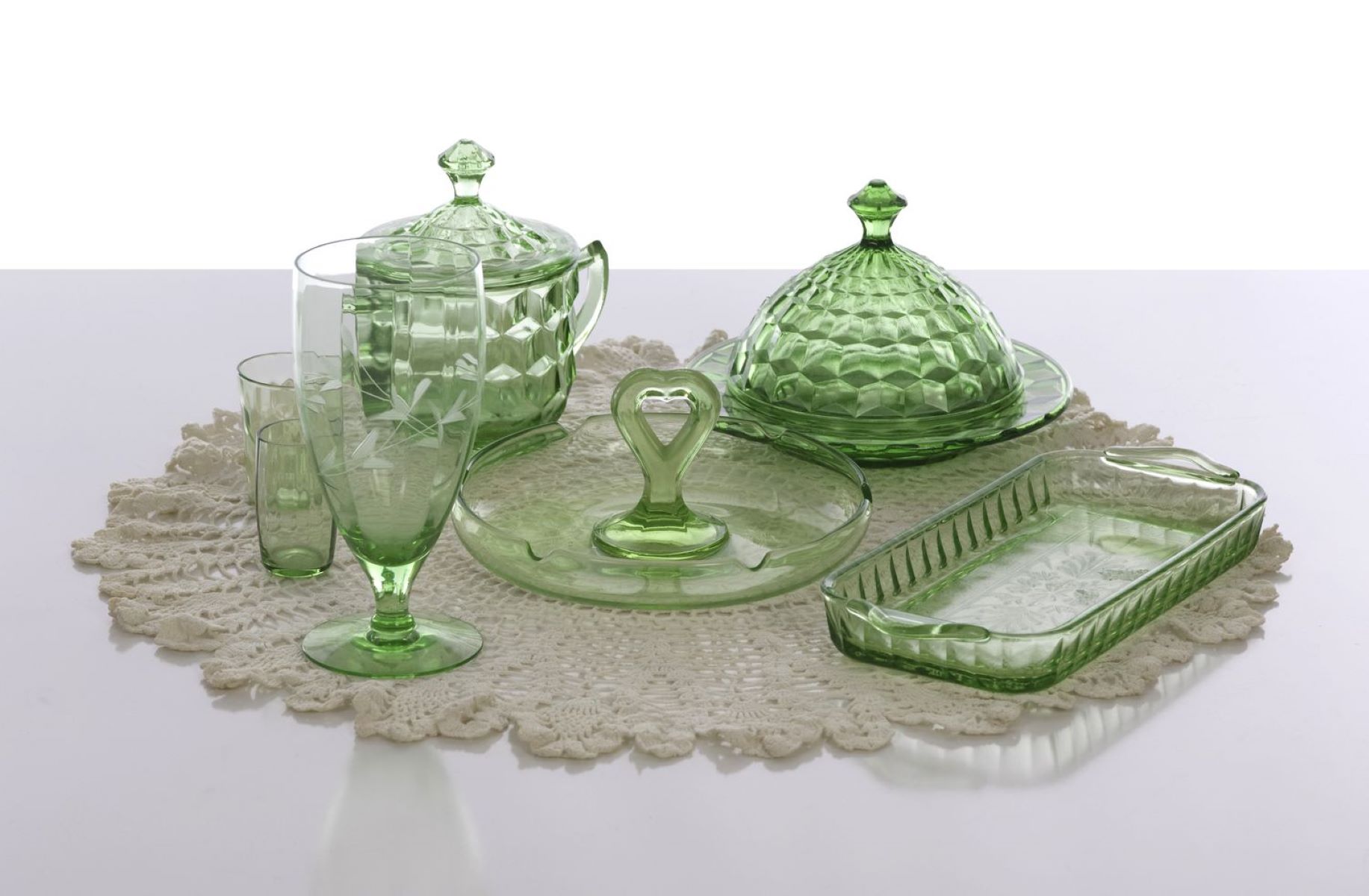

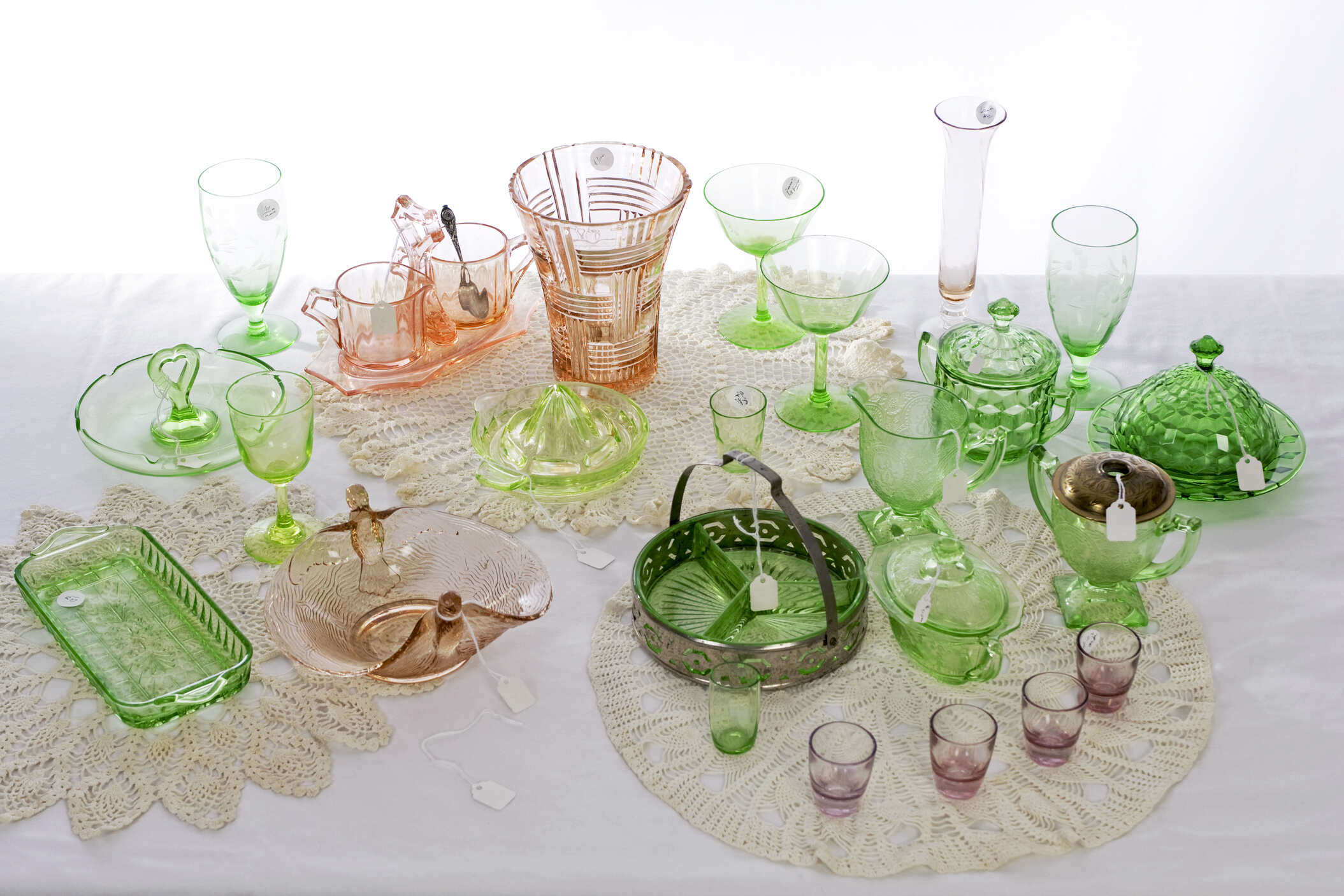
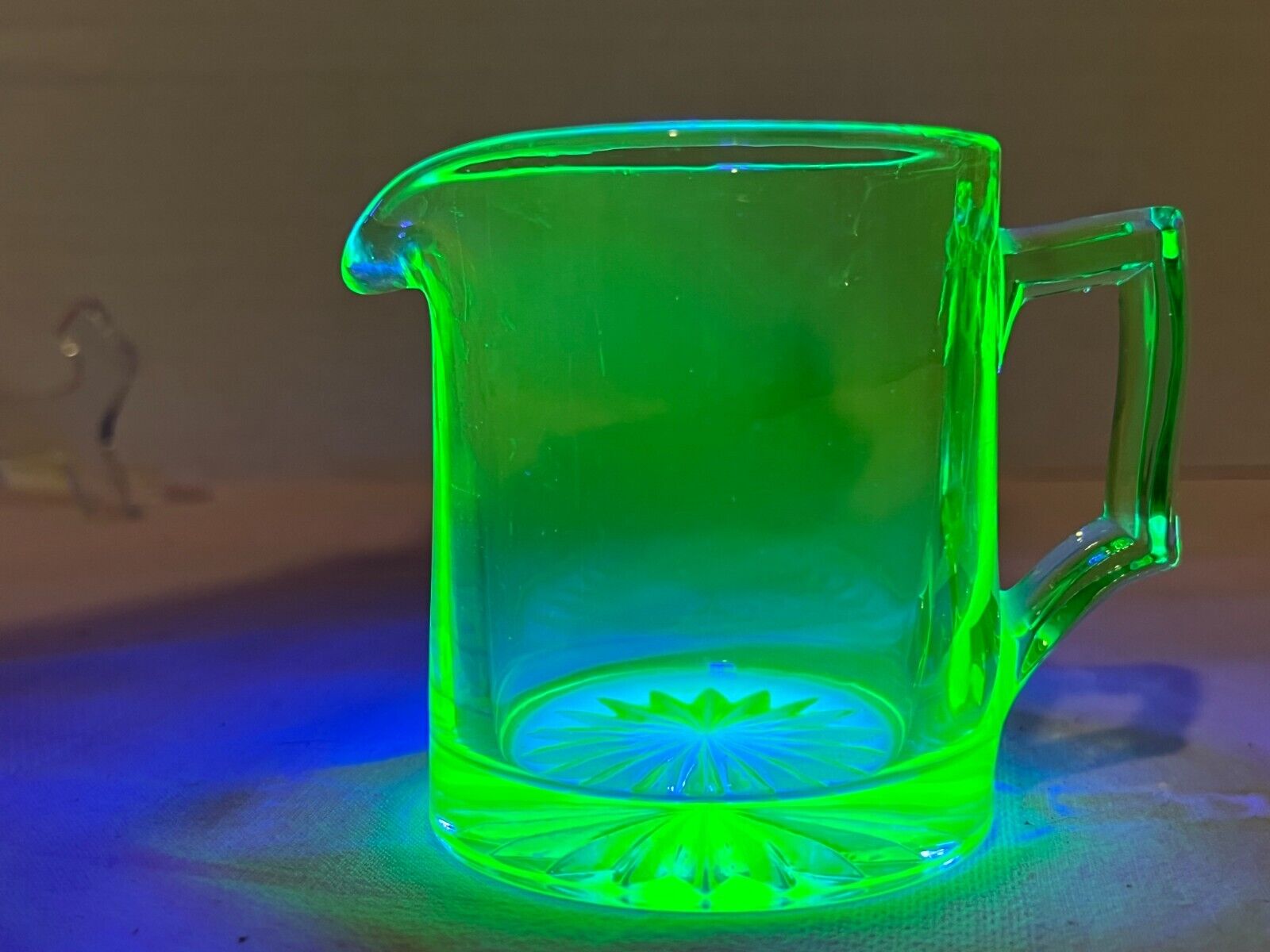

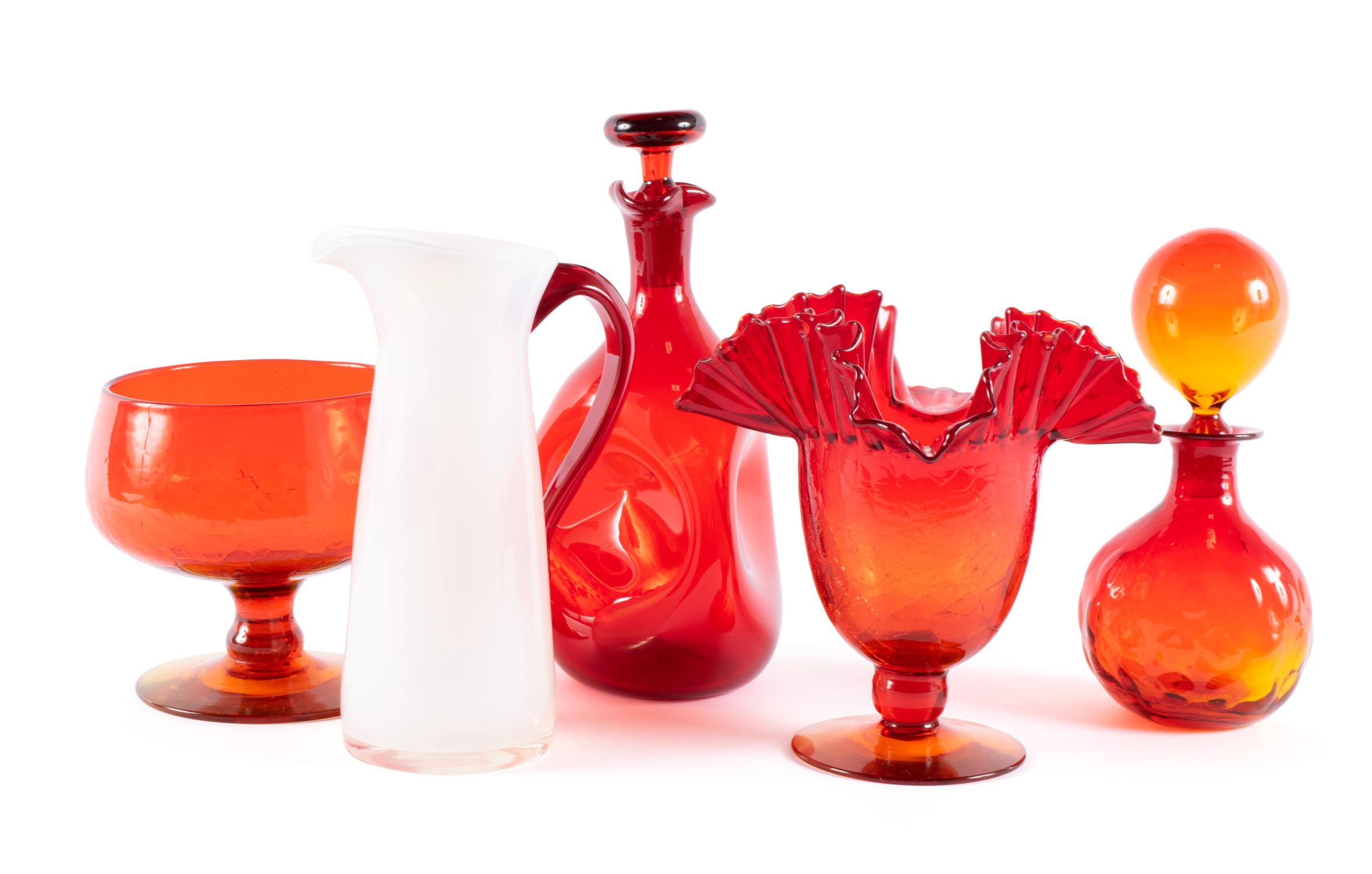
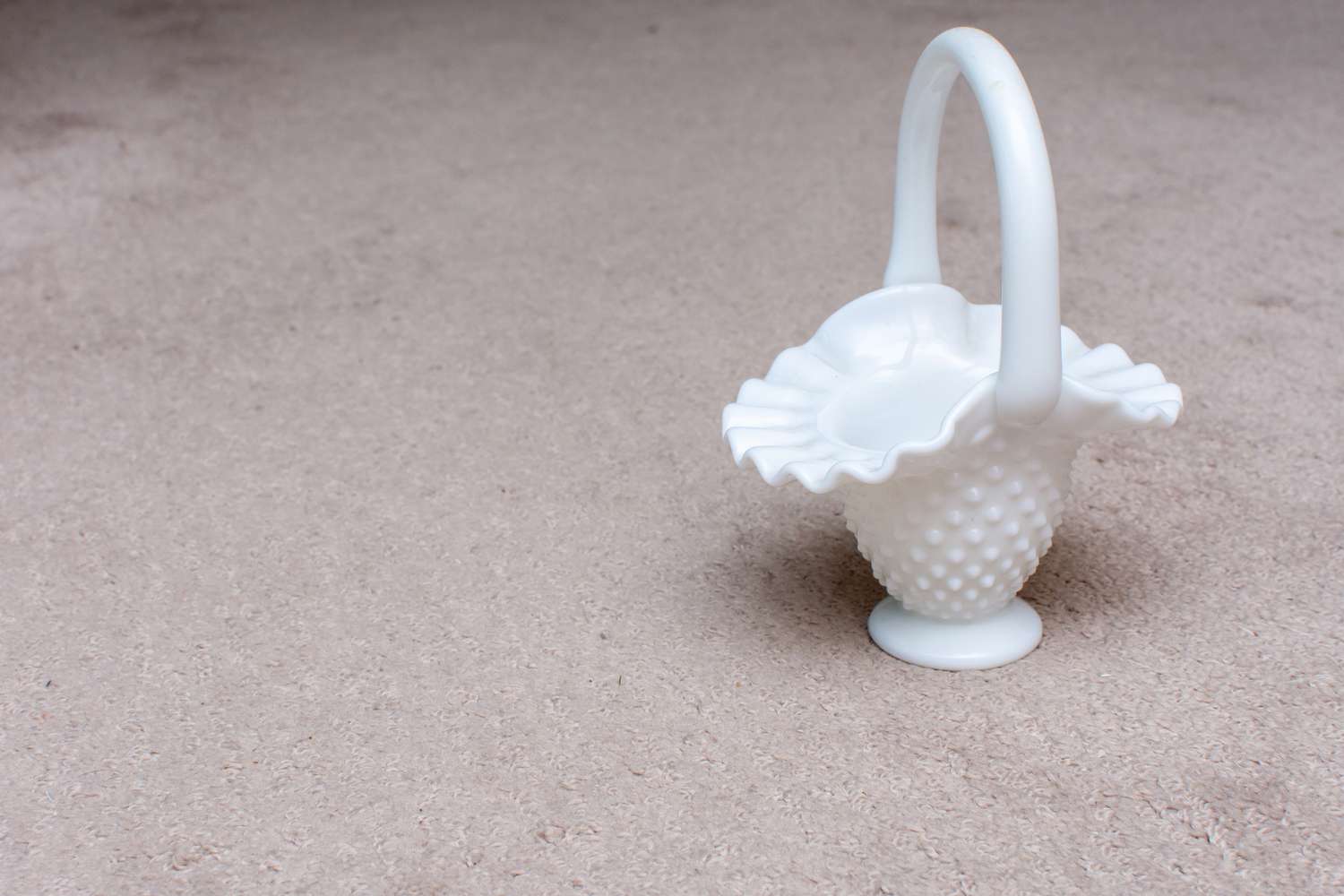
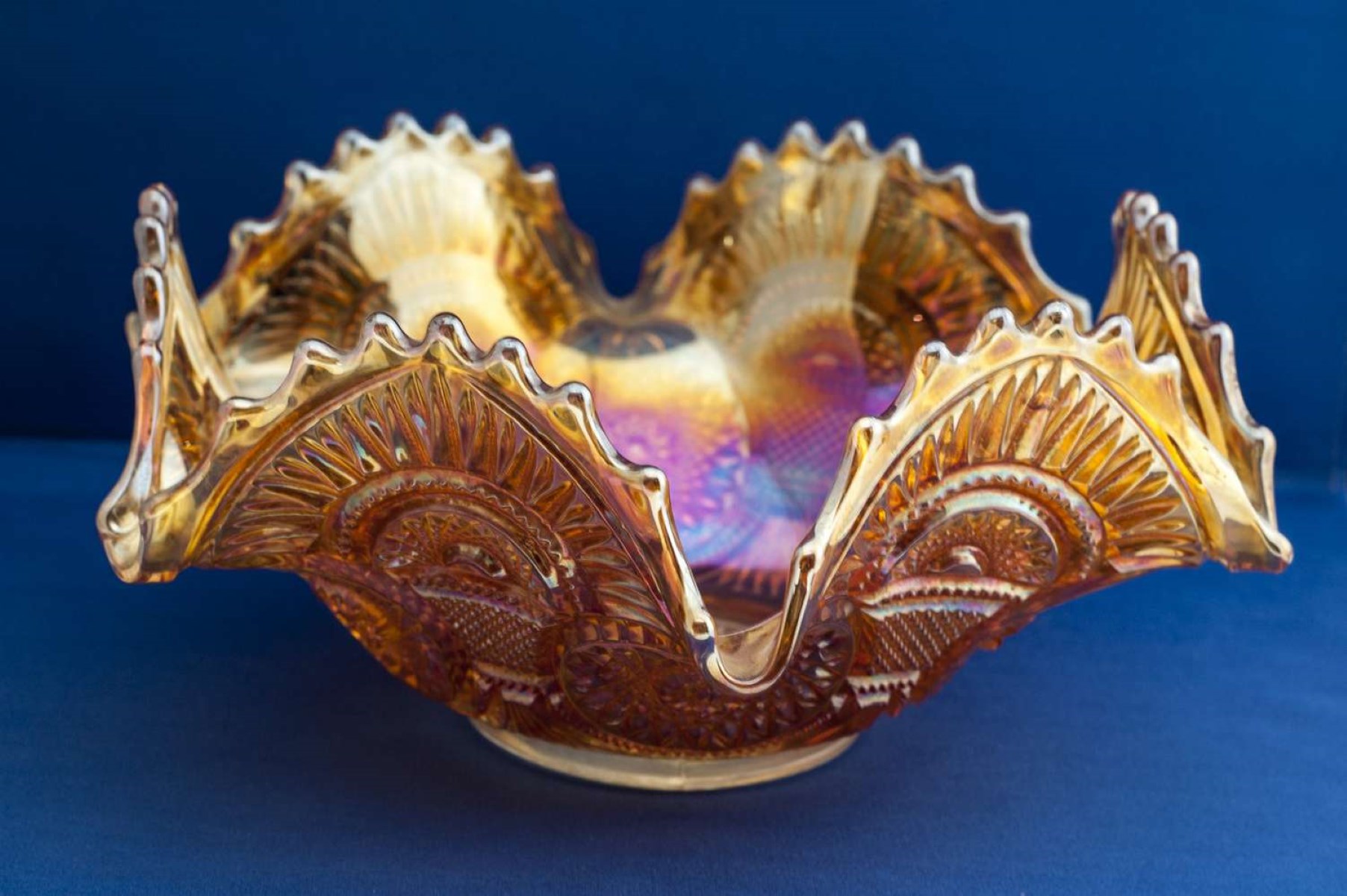
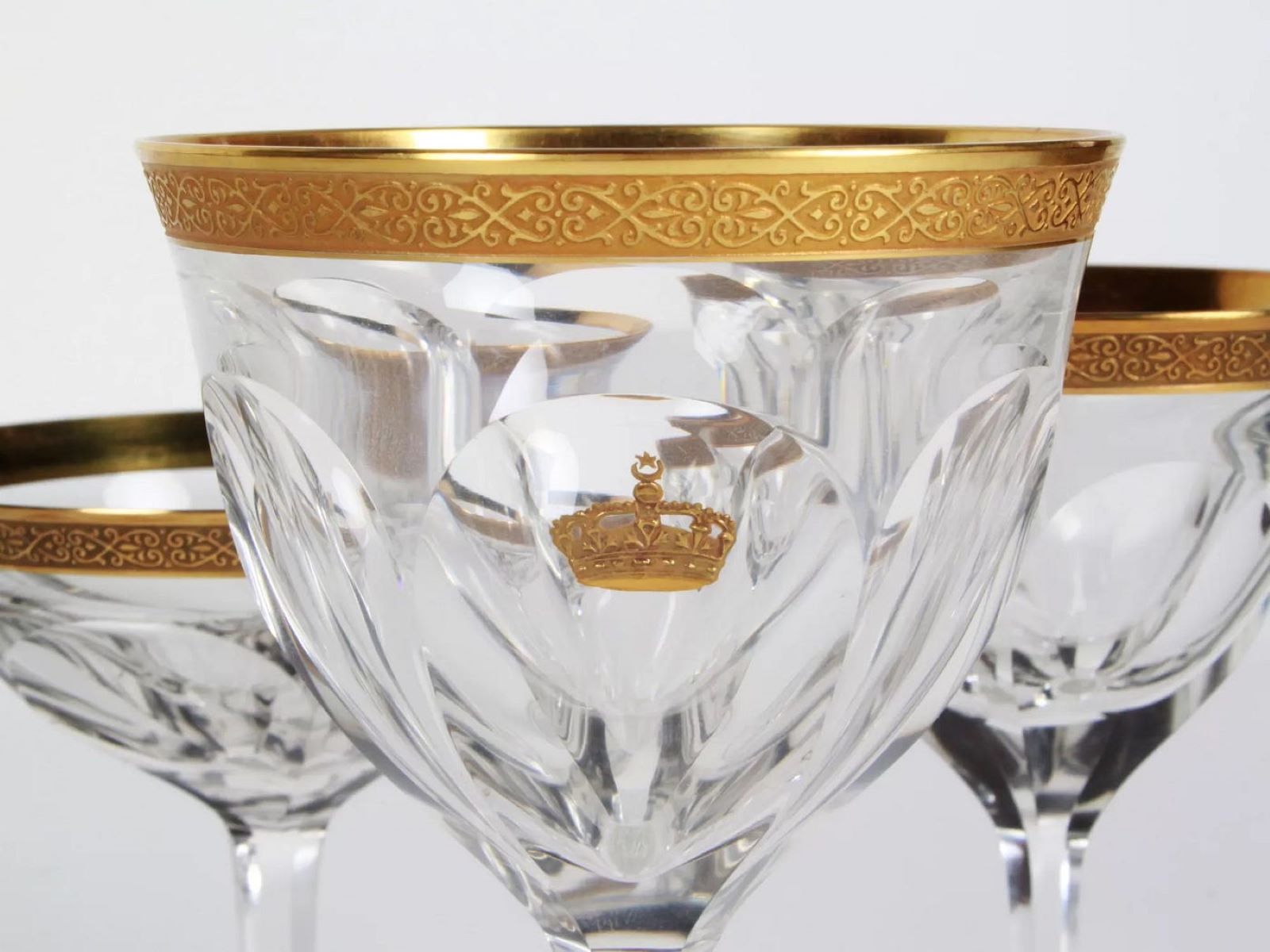
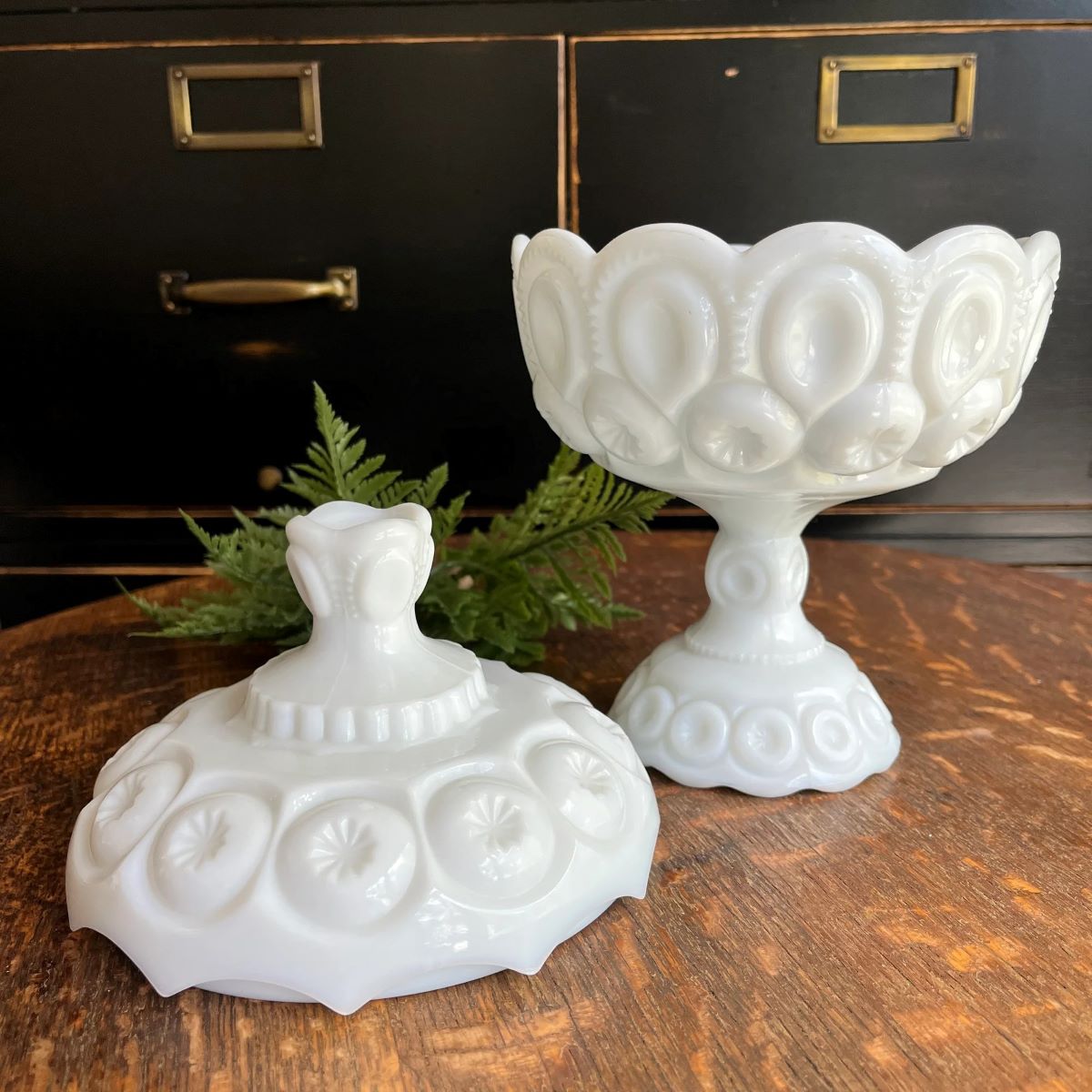
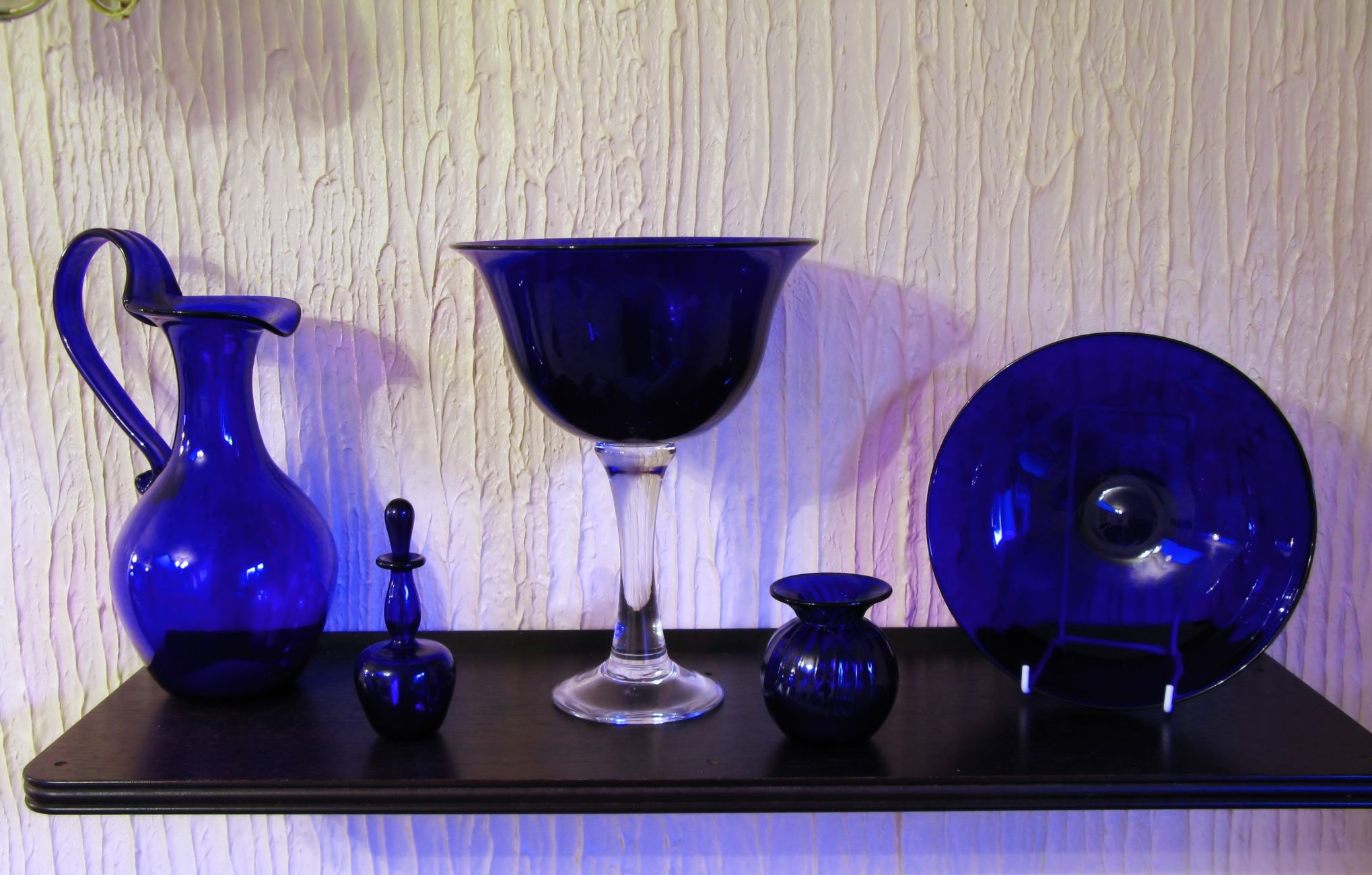


0 thoughts on “How To Identify Murano Glass”